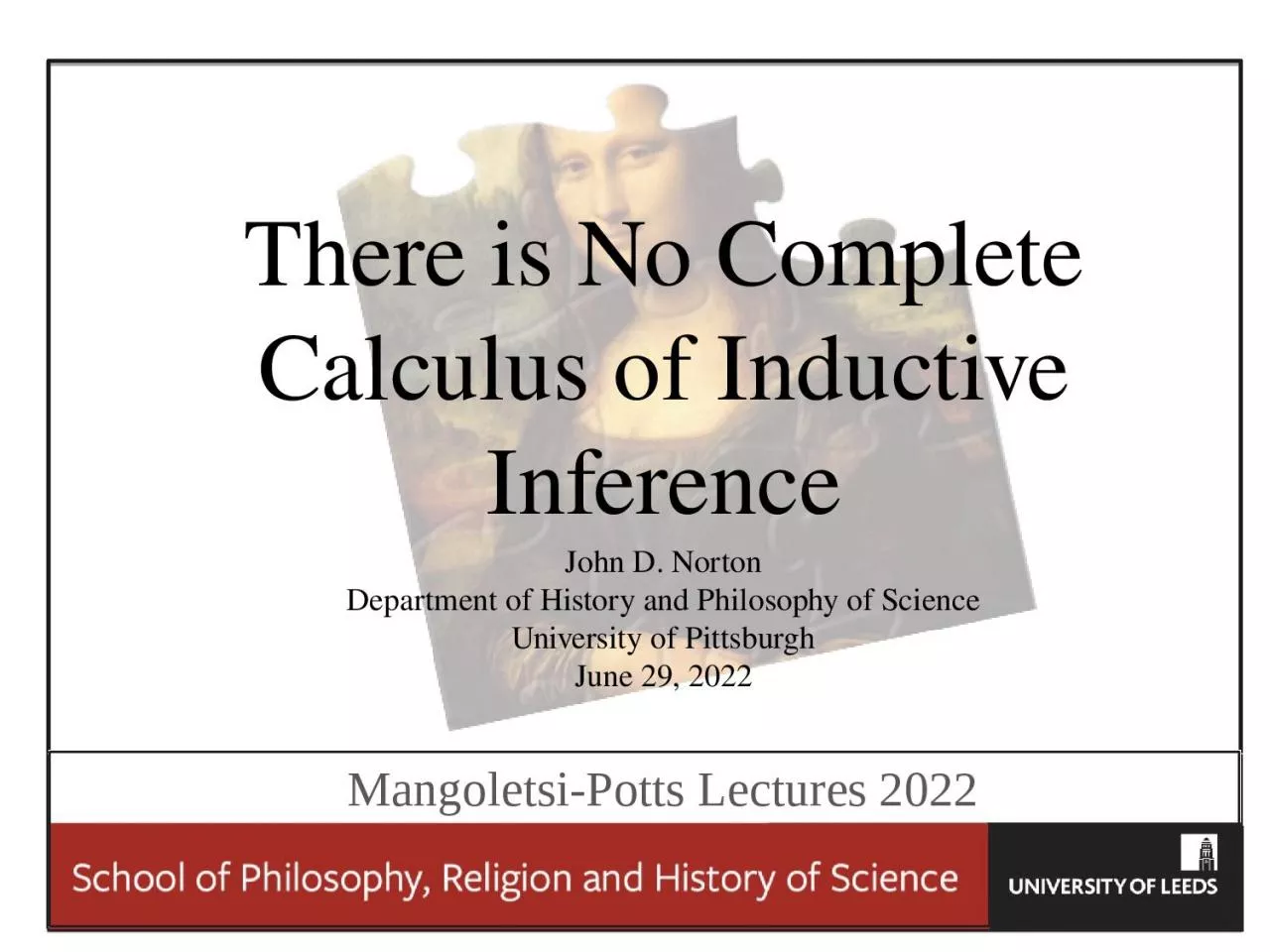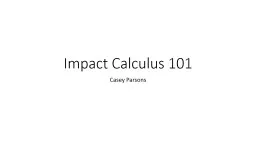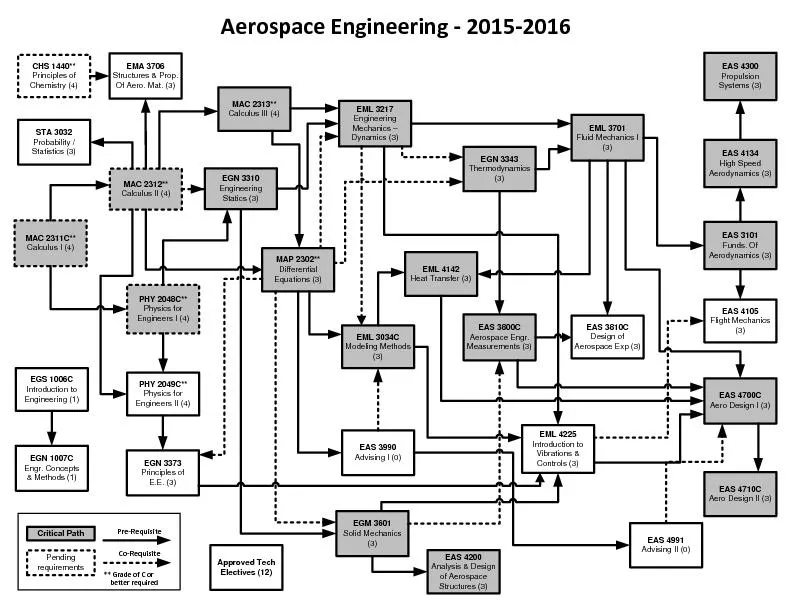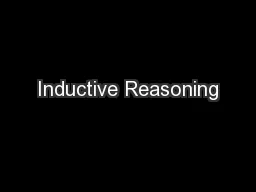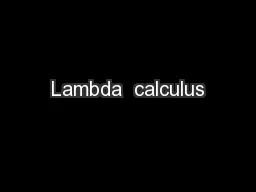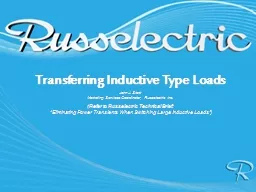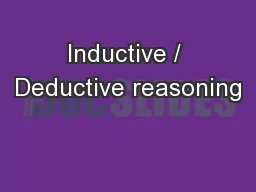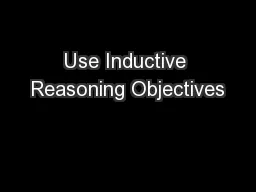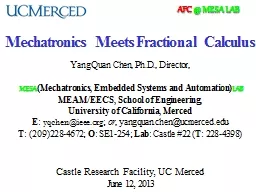PPT-There is No Complete Calculus of Inductive Inference
Author : AngelFace | Published Date : 2022-08-04
1 John D Norton Department of History and Philosophy of Science University of Pittsburgh June 29 2022 Mangoletsi Potts Lectures 2022 Material Theory of Induction
Presentation Embed Code
Download Presentation
Download Presentation The PPT/PDF document "There is No Complete Calculus of Inducti..." is the property of its rightful owner. Permission is granted to download and print the materials on this website for personal, non-commercial use only, and to display it on your personal computer provided you do not modify the materials and that you retain all copyright notices contained in the materials. By downloading content from our website, you accept the terms of this agreement.
There is No Complete Calculus of Inductive Inference: Transcript
Download Rules Of Document
"There is No Complete Calculus of Inductive Inference"The content belongs to its owner. You may download and print it for personal use, without modification, and keep all copyright notices. By downloading, you agree to these terms.
Related Documents

